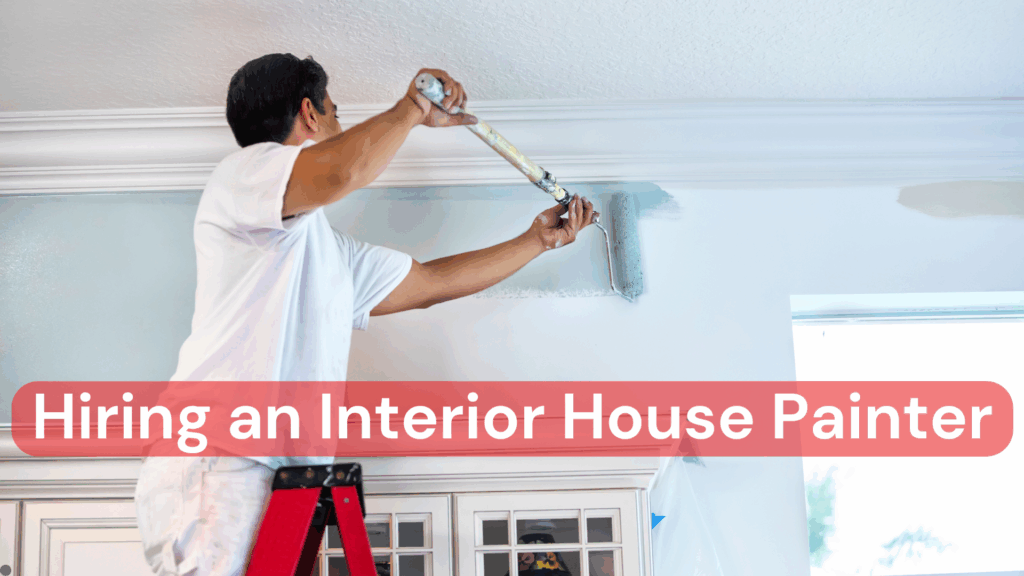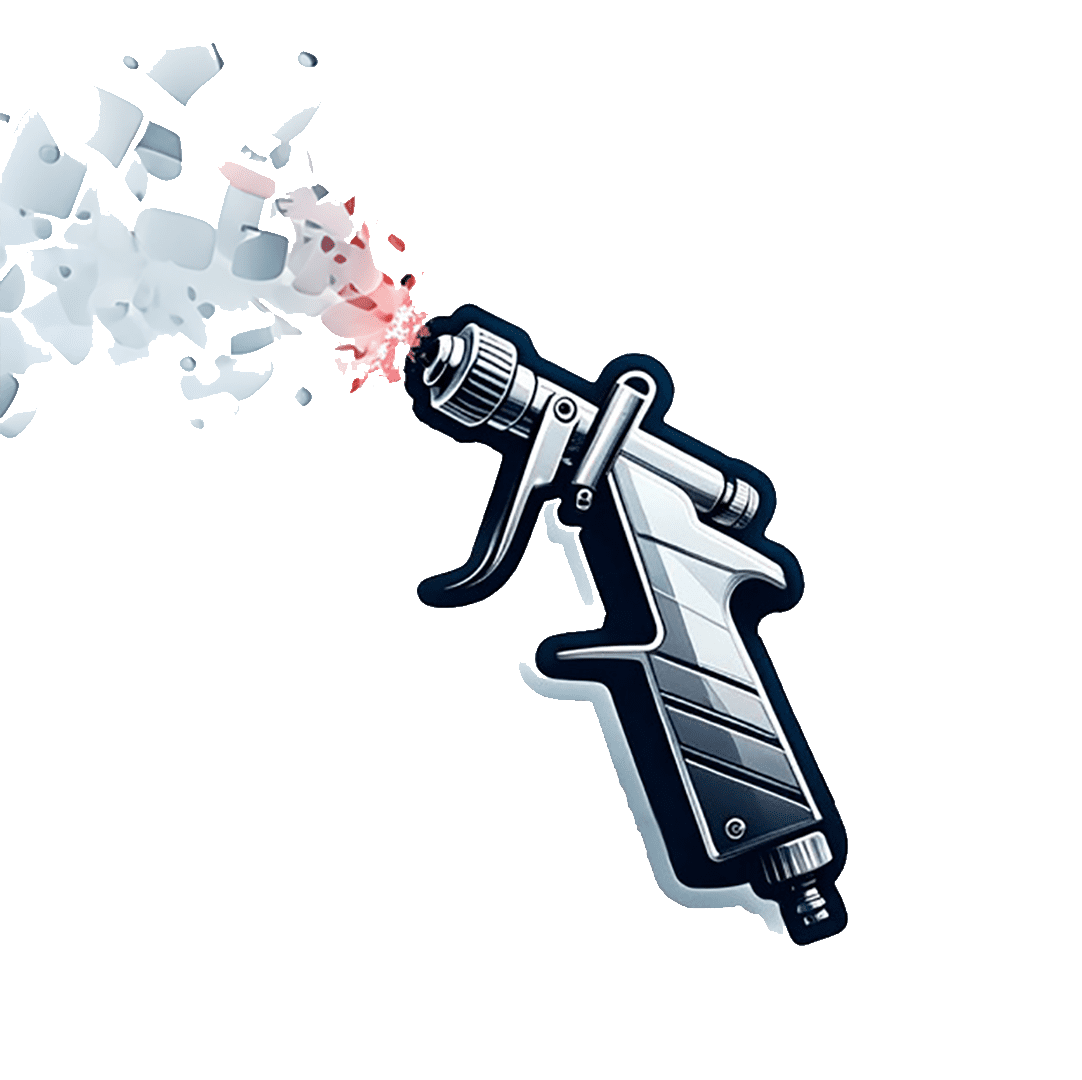Clearly understand how an interior house painter plans, preps, and finishes your rooms. Get tips on timelines, protection, clean-up, and hiring your painter.

Hiring an interior house painter changes how your home looks and feels. But many homeowners don’t know what happens during the process. You might wonder about timelines, disruptions, or how to tell if you’re getting quality work. This guide walks you through what to expect from start to finish, so you can plan ahead and work with your painter to get the results you want.
A good paint job does more than refresh your walls. It protects surfaces, updates your style, and can even affect your mood. The key is knowing what a professional interior house painter does and how they prepare for the work ahead.
Understanding the Role of an Interior House Painter
Your painter starts with a consultation. They walk through your space, measure rooms, and look at wall conditions. According to Hoosier Boys Painting, this site assessment also evaluates architectural features and any necessary repairs. They check for damage, note architectural features, and ask about your goals.
This assessment goes beyond measurements. A skilled painter examines lighting, existing colours, and how you use each room. They spot issues like cracks, water damage, or poor previous paint jobs that need fixing first.
During this meeting, they discuss paint types and finishes. Matte works well for hiding imperfections in bedrooms. Satin or semi-gloss suits high-traffic areas like hallways and kitchens because they’re easier to clean. Your painter should explain these options based on your home’s age, condition, and your lifestyle.
You’ll also talk about colour. Some painters offer colour consultation, while others expect you to choose beforehand. Either way, they should advise on how colours work with your lighting and existing decor.
Planning & Scheduling Your Interior House Painting Project
After the consultation, you get a detailed quote. This should break down labour, materials, prep work, and any repairs. Clear quotes prevent surprises later.
Most interior painting jobs take one to five days, depending on the number of rooms and their size. A small bedroom typically takes five to six hours (Grade A Painters) and bathrooms usually require four to six hours (Timmins Painting). Larger projects spanning multiple rooms might take three to five days.
But timelines can shift. A professional interior house painter plans for proper drying time between coats, usually 24 hours or more. Cold or humid conditions slow drying. Material delays happen. Good painters communicate these issues early and adjust schedules accordingly.
Set up regular check-ins with your painter. Ask how they’ll update you on progress and what happens if delays occur. This keeps everyone on the same page.
Preparation and Protection
Prep work separates professional results from amateur jobs. An interior house painter starts by moving or covering furniture. They lay drop cloths on floors and use plastic sheeting for fixtures. Hello Painting notes that thorough decluttering and taping off surfaces are critical to avoid damage.
Next comes surface prep. They clean walls to remove dust and grease. They patch holes and cracks, then sand rough spots smooth. This step matters because paint shows every imperfection underneath.
Priming comes next for bare surfaces or dramatic colour changes. Primer improves paint adhesion and creates a consistent base. It also seals porous surfaces and blocks stains from bleeding through.
Painters tape off trim, baseboards, and ceilings for clean lines. They remove outlet covers and light switch plates. All this prep takes time, but it’s what makes the final coat look professional.
You can learn more about professional painting techniques that contribute to quality results.
Working Through Disruptions
Painting disrupts your routine. Rooms become off-limits. You’ll smell paint, even with low-VOC options. There’s noise from moving furniture, scraping, and sanding.
Plan ahead. If you have young children or pets, consider keeping them away from work areas. Paint fumes can irritate, and wet paint is a hazard. Some families stay with relatives during the job or confine work to one section of the house at a time.
Dust from sanding spreads despite precautions. Painters should contain it as much as possible, but expect some cleanup afterward. Keep doors closed to unaffected rooms.
Coordinate your schedule with the painters. Know when they arrive and leave each day. This helps you plan meals, work-from-home setups, or other activities around the project.
For healthier indoor air, ask about low-VOC or zero-VOC options (WM Painting & Decorating).
Selecting an Interior House Painter with Care
Not all interior house painters deliver the same quality. Start by asking friends and neighbours for recommendations. Personal referrals give you honest feedback about reliability and workmanship.
Check credentials. Licensed painters meet local requirements and industry standards. Ask how long they’ve been in business. Consumer Reports recommends checking references and past work (Consumer Reports). Experience matters. Painters with 25+ years in the industry have handled countless projects and know how to solve problems.
Request references and call them. Ask about communication, timeliness, cleanliness, and final results. Look at photos of past work if possible.
Get multiple quotes. Compare not just price but what’s included. The cheapest option often cuts corners on prep work or uses lower-quality materials.
For more guidance, read our article on finding and hiring the best house painter.
Quality Workmanship and Results
Professional painters use quality tools and materials. Good brushes and rollers apply paint smoothly without streaks or roller marks. They know how to cut in along edges for crisp lines.
Watch for attention to detail. Corners should be sharp. Trim work should be clean. Ceilings shouldn’t have drips or uneven coverage. Professionals work methodically, checking their work as they go.
Quality paint matters too. Professional-grade paints cover better, last longer, and resist fading. As Home Depot Canada points out, using top-tier paints prevents flaking and uneven wear. They eliminate common problems like patchiness.
A well-done paint job increases your home’s value. It makes spaces feel fresh and well-maintained. Buyers notice quality finishes, and good paint protects walls for years.
Our interior painting services focus on delivering results that last.
After the Painting is Done
Once painting finishes, the team cleans up. They remove tape before paint fully dries to prevent peeling. They wash brushes and rollers, dispose of used materials, and remove drop cloths. Behr’s cleanup guide (Behr) advises removing tape before paint fully cures and storing leftovers in a cool, dry place.
Walk through each room with your painter in good lighting. Look for spots that need touch-ups. Check corners, edges, and areas around fixtures. Reputable painters fix any issues on the spot.
Your painter should leave you with leftover paint, properly labelled. Store it in a cool, dry place for future touch-ups. Keep the paint colour information handy in case you need to order more later.
For ongoing maintenance, clean painted walls gently with a damp cloth. Avoid harsh chemicals that damage the finish. When you need touch-ups, clean and prime the area first, then feather the new paint into the existing coat for a seamless blend.
Elevate Your Home with a Skilled Interior House Painter
Working with a skilled interior house painter transforms your living space. You get professional results that last, backed by experience and proper techniques. The process involves some disruption, but good planning and communication make it manageable.
Choose painters with proven track records, proper credentials, and clear communication. With over 25 years of experience serving Calgary, Kelowna, Edmonton, and Hamilton, we bring reliability and expertise to every project. Our multi-city presence means we understand regional needs and deliver consistent quality across all locations.Ready to refresh your home? Get a quote to start your painting project with confidence.



